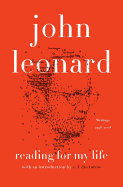Google eBooks has partnered with IndieCommerce stores for more than a year, and those stores also now have mobile sites; both Amazon and B&N have introduced tablet e-readers; the iPad 2 is out, and 3 is rumored to be coming soon. How have e-reading habits changed over the past year? The answers, as presented by my not-terribly-scientific survey below, are heartening, at least for this bookseller.
I altered the questions a bit to help make responses clearer while still mapping with last year's data. This past January, I asked:
- Where do you get your e-books?
- Which device or devices do you use to read your e-books?
- Which dedicated e-reader or e-readers do you own?
- What is your favorite thing about e-books and e-reading?
- What is your least favorite thing about e-books and e-reading?
The survey went out via Twitter, tumblr and Facebook and netted 345 anonymous responses. There were "other" options not included in the first two charts below, since they don't map nicely. Because the data was so interesting, and there were so many potential ways to parse it that I didn't have either the time or the know-how to take advantage of, I'm making the raw data available. If anyone does play with it, I hope you'll e-mail me and let me know what you find!
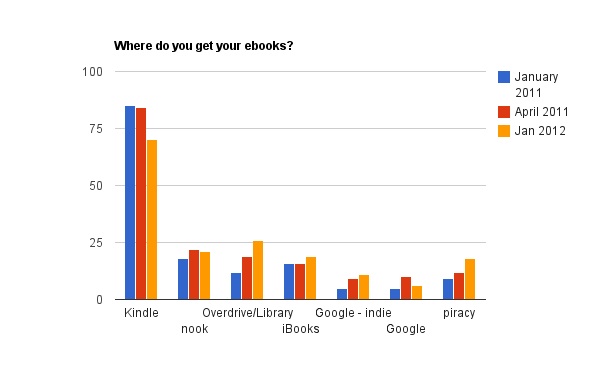
Don't get too excited about Kindle being down--the device itself has actually increased as respondents' e-reader of choice. The shift might be due to the change in wording, or perhaps an increasing awareness of the alternatives (just about every other source is up). OverDrive is now the second highest source for e-books, next to Kindle--as a fan, too, I hope that the morass that publishers, OverDrive and libraries seem trapped in can be resolved in a way that works for everyone. If, as Sherman Alexie maintained in 2009, e-books are fundamentally elitist, then library lending is the silver lining. Google eBooks from indies continued to grow--as did reported piracy. It would be interesting to find out the rationale behind pirated e-books; are they of titles not otherwise available? Is it a price issue? Geographic DRM-induced rage? If someone has done a study on this, I couldn't find it, although many people have expressed opinions.
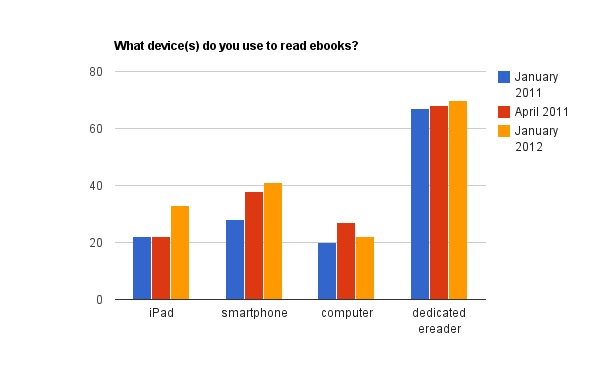
I was curious if people were reading primarily on dedicated devices or multi-use devices, and you can see the answer above: about 70% of all respondents for all three years have a dedicated e-reader of some sort. Smartphone and iPad use both went up, while computer/laptop use has stayed relatively stationary.
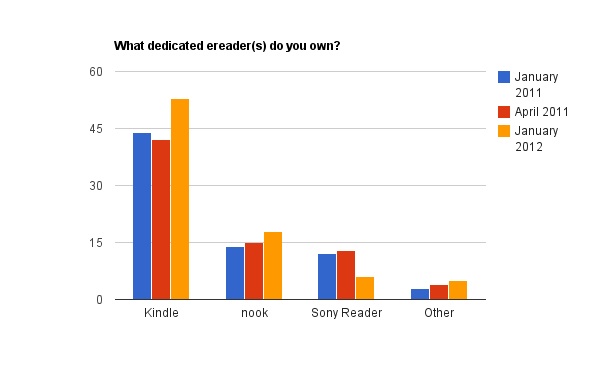
Kindles and Nooks continue to dominate the e-readers, but Sony was down by half. One possible reason is that both Amazon and B&N have introduced tablet readers; Sony does make a tablet computer, but they aren't marketing it alongside their readers in the same way as the other companies.
In terms of reader favorites, convenience and portability continue to be number one, at more than 60% for all three surveys. Immediate access also stayed even at 20% across the board. The "wonders of technology" camp (those who love resizing, reading in bed or one-handed, that kind of thing) had a resurgence to 12%, up from 5% in April of 2011 and comparable to January 2011.
Least favorites also held relatively steady. Format and feature frustrations--lending, cover and pagination issues in particular--were in the lead at 30%; the inevitable limitations of technology (battery, back-lit screens, can't get it wet, etc.) came in at 20%, up slightly from 17% and 18% in January and April of last year. 23% of readers miss the physical object or benefits thereof, up from 18% and 20%. DRM, pricing and selection/availability were 6% each--a drop for DRM, down from 11% and 18%, but a hold for pricing.
My personal favorite part of the survey continues to be the last optional question: define DRM in your own words. 61% answered, 80% of them with a genuine--or attempted--definition. 17% of those who did answer admitted that they had no idea. (My favorite of the non-definitions was "doodle rat muffin.") The answers are definitely worth taking a look through, as they betray a wide range of emotional responses to digital rights management, as well as confusion on who controls it and whom it is supposed to benefit.
While it's tempting to indulge in speculation about the ups and downs shown above, there are a few interesting things that came out in this year's survey that deserve note. If we look at the data from 2012 in a slightly different way, we see that 53% of respondents are reading on a Kindle device, 41% on a smartphone, 33% on an iPad, 18% on a Nook, and 6% on a Sony Reader. That means that basically half the playing field is open for readers to get their e-books from an indie bookstore, since the Google eBooks app is compatible with phones and iPads.
The Verso Digital survey notes that "readers of all kinds split purchases between a variety of retailers," and this is true of e-book buying as well. Thirty percent of respondents in 2012 are getting their e-books from more than one source. Five percent of respondents are reading on more than one device, and 7% of respondents who have an e-reader have more than one. While these percentages may seem small, they represent an opportunity for indies. How many of your customers who own Kindles or Nooks are also reading on their phone or their laptop? At least a few, and possibly more, and each of them is a reminder to us not to assume that because someone has a Kindle they can no longer be your customer. If ever there was an invitation to try and get that "next sale," this is it. --Jenn Northington
 The Justice Department has warned Apple and five of the biggest U.S. publishers that it plans to sue them for allegedly colluding to raise e-book prices, the Wall Street Journal reported." The publishers named are Simon & Schuster, Hachette Book Group, Penguin Group (USA), Macmillan and HarperCollins.
The Justice Department has warned Apple and five of the biggest U.S. publishers that it plans to sue them for allegedly colluding to raise e-book prices, the Wall Street Journal reported." The publishers named are Simon & Schuster, Hachette Book Group, Penguin Group (USA), Macmillan and HarperCollins. 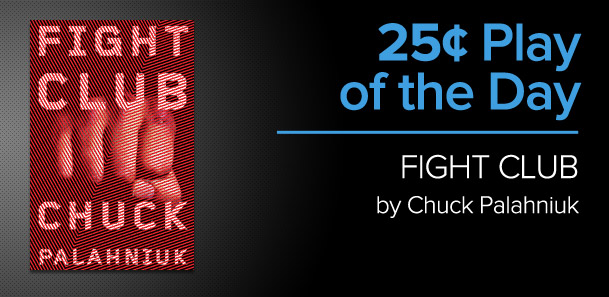 In other e-pricing news, Google Play, the "one-stop digital shopping" site that launched yesterday with a week of 25-cent specials, is offering "amazing deals on high-profile e-books and music--deals that Amazon has quietly matched," the Huffington Post reported.
In other e-pricing news, Google Play, the "one-stop digital shopping" site that launched yesterday with a week of 25-cent specials, is offering "amazing deals on high-profile e-books and music--deals that Amazon has quietly matched," the Huffington Post reported. 


SHELFAWARENESS.1222.S1.BESTADSWEBINAR.gif)


SHELFAWARENESS.1222.T1.BESTADSWEBINAR.gif)
 Following a strategic review of the company's Professional/Trade business portfolio, John Wiley & Sons is exploring the possibility of selling a number of its consumer print and digital publishing assets that it said no longer align with long-term strategies. Wiley has retained Allen & Company to explore the sale of assets in travel (including the Frommer's brand), culinary, general interest, nautical, pets, crafts, Webster's New World and CliffsNotes.
Following a strategic review of the company's Professional/Trade business portfolio, John Wiley & Sons is exploring the possibility of selling a number of its consumer print and digital publishing assets that it said no longer align with long-term strategies. Wiley has retained Allen & Company to explore the sale of assets in travel (including the Frommer's brand), culinary, general interest, nautical, pets, crafts, Webster's New World and CliffsNotes.

 Cape May, N.J., will have a bookstore selling new titles again, thanks to a deal signed by the Hirsch Group.
Cape May, N.J., will have a bookstore selling new titles again, thanks to a deal signed by the Hirsch Group. 
 Word on the Water
Word on the Water
 John Carter, based on the John Carter of Mars series by Edgar Rice Burroughs, opens tomorrow. Taylor Kitsch plays a Civil War veteran transported to a Mars populated by giant aliens and a needy princess. The film also stars Willem Dafoe, Mark Strong, Dominic West, Lynn Collins and Bryan Cranston. A movie novelization, which includes the first John Carter story, "A Princess of Mars," is available from Disney Editions ($9.99, 9781423165583).
John Carter, based on the John Carter of Mars series by Edgar Rice Burroughs, opens tomorrow. Taylor Kitsch plays a Civil War veteran transported to a Mars populated by giant aliens and a needy princess. The film also stars Willem Dafoe, Mark Strong, Dominic West, Lynn Collins and Bryan Cranston. A movie novelization, which includes the first John Carter story, "A Princess of Mars," is available from Disney Editions ($9.99, 9781423165583). The Best Exotic Marigold Hotel, based on These Foolish Things by Deborah Moggach, also opens tomorrow. A group of British retirees travel to what they believe is a freshly renovated luxury hotel in India. The cast includes Maggie Smith, Bill Nighy, Judi Dench, Penelope Wilton, Tom Wilkinson and Dev Patel. The movie tie-in, which uses the film's title, is available from Random House ($15, 9780812982428).
The Best Exotic Marigold Hotel, based on These Foolish Things by Deborah Moggach, also opens tomorrow. A group of British retirees travel to what they believe is a freshly renovated luxury hotel in India. The cast includes Maggie Smith, Bill Nighy, Judi Dench, Penelope Wilton, Tom Wilkinson and Dev Patel. The movie tie-in, which uses the film's title, is available from Random House ($15, 9780812982428). Think Like a Man, starring Kevin Hart, Chris Brown, Michael Ealy and Romany Malco, opens tomorrow, too. Four friends decide to work together after discovering their women have been using Steve Harvey's book Act Like a Lady, Think Like a Man: What Men Really Think About Love, Relationships, Intimacy, and Commitment (Amistad, $13.99, 9780061728983) against them.
Think Like a Man, starring Kevin Hart, Chris Brown, Michael Ealy and Romany Malco, opens tomorrow, too. Four friends decide to work together after discovering their women have been using Steve Harvey's book Act Like a Lady, Think Like a Man: What Men Really Think About Love, Relationships, Intimacy, and Commitment (Amistad, $13.99, 9780061728983) against them.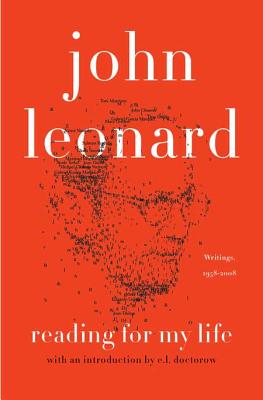 Based on Reading for My Life, an exhilarating selection of 50 John Leonard reviews, essays and speeches (culled from, by his own estimate, a five-million-word career), it's possible to believe the critic read every one of the 13,000 books Leonard once calculated, with a tinge of regret, were the most even a reader as avid as he might hope to consume in a lifetime. But his erudition on a dizzying array of subjects--flashing like fireworks in lists that sometimes stretch to 30 or more references--is never offered for its own sake. Instead, it fuels the infectious enthusiasm of Leonard's standing invitation to join him on a roller-coaster ride in the amusement park of contemporary culture.
Based on Reading for My Life, an exhilarating selection of 50 John Leonard reviews, essays and speeches (culled from, by his own estimate, a five-million-word career), it's possible to believe the critic read every one of the 13,000 books Leonard once calculated, with a tinge of regret, were the most even a reader as avid as he might hope to consume in a lifetime. But his erudition on a dizzying array of subjects--flashing like fireworks in lists that sometimes stretch to 30 or more references--is never offered for its own sake. Instead, it fuels the infectious enthusiasm of Leonard's standing invitation to join him on a roller-coaster ride in the amusement park of contemporary culture.